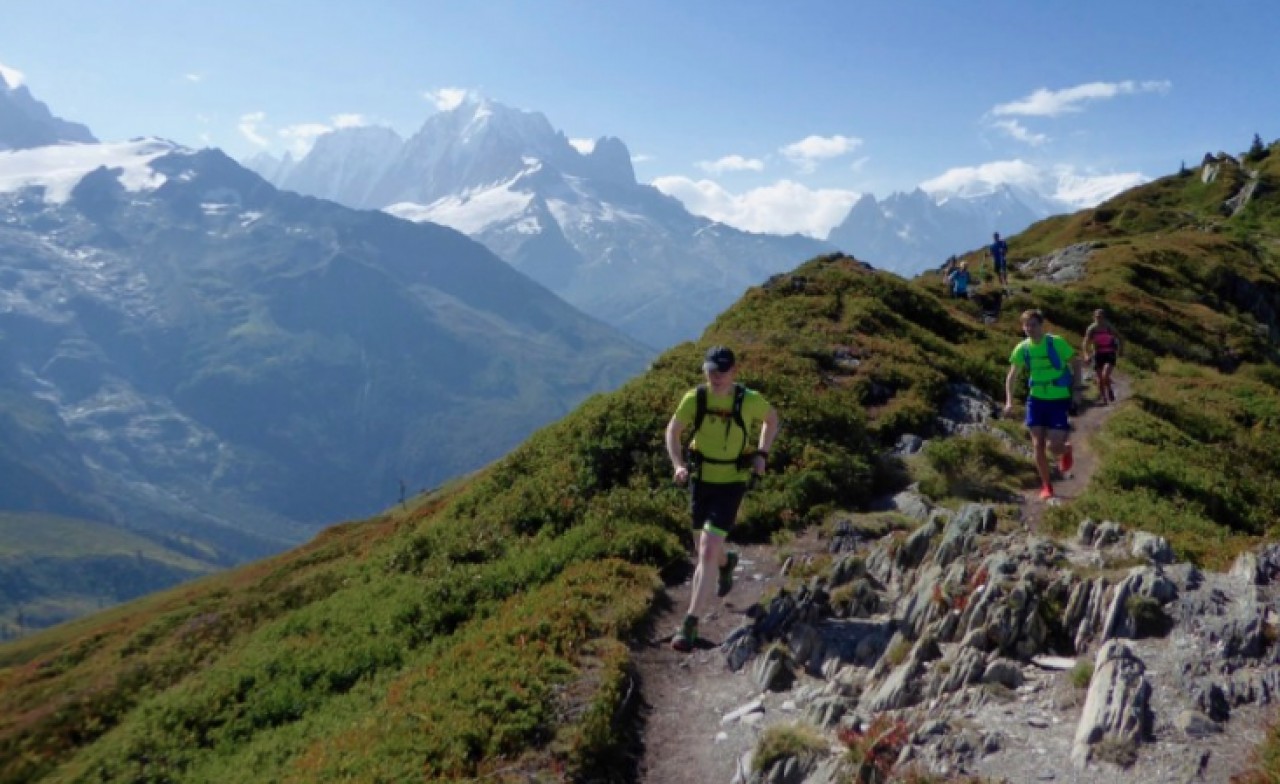 Trail running in the French Alps, high above the Chamonix Valley. One of our favourite things to do, ever.
Trail running in the French Alps, high above the Chamonix Valley. One of our favourite things to do, ever.
Summer at Tracks and Trails is all about exploring the mountains under our own steam; our trail running holidays are open to runners of all abilities. Scroll down for our definitive guide to trail running in the Alps and beyond.
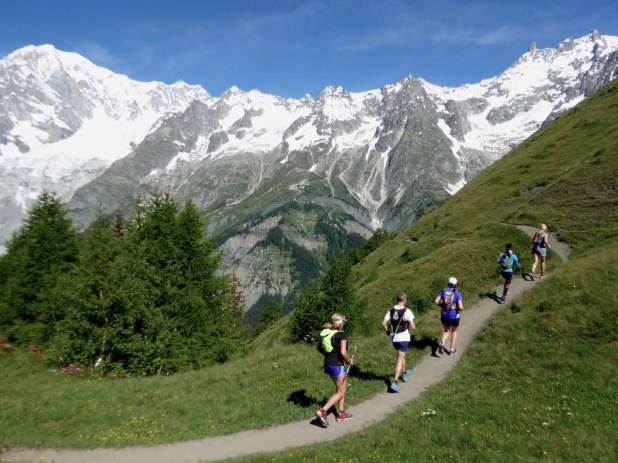
Trail running is one of the fastest growing sports in the world, but what actually IS it? Defined as any running route that is predominantly off road, trail running can mean running on anything from easy 4x4 tracks through to steep and unmarked mountain routes. While the terrain may vary enormously from remote mountains, wild deserts or coastal paths, the key element is running off-road in a natural environment.
It’s a wonderful way to explore the wild side of our planet, reconnect with nature and escape the pressures of our ‘always on’ lives. It’s also generally easier on your body than road running and trail runners tend to be less injury prone than their pavement pounding friends.
The origin of trail running– or trail racing - is much debated among runners and sports historians; some saying the first official trail race took place in Scotland in around 1000BC - a hill race designed by to find the fastest messenger.
Much later, a variation of trail running became popular in the UK in the 1800’s with hare and hound races and paper chases. Today’s modern trail scene began in the USA, before exploding into Europe - with a 1000% increase in European events between 2008 and 2018.
The first true ‘ultra’ was the Western States 100, which launched in the 1970’s. Europe’s most well known race - the UTMB– didn’t have its first edition until 2003, famously raising the bar and giving American trail athletes a ‘run for their money’.
But for most trail runners, racing is not the main reason they do it. While an event on the horizon might give us a goal to train for, the real pleasure in trail running is about being out in the wild mountains and running free.
In ‘Born to Run’, Christopher McDougall’s New York Times bestseller, he dates endurance running back to hunter gatherer days, when (wo)men would outrun their prey for days on end. Certainly, it’s easy to believe that we are biologically designed to run wild - and not be stuck behind a desk, as modern life so often dictates.
At Tracks and Trails, our passion is about sharing our mountain playground with as many people as we can. We believe that anyone can be a trail runner– with a bit of base fitness – and that trail running is not limited to elite or long distance athletes.
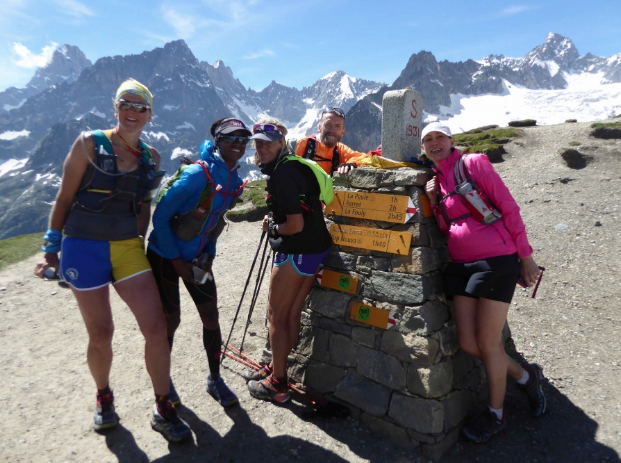
This is the first and most common question we get asked; ‘Am I good enough to join one of your trail running holidays?’ We understand completely. No one wants to be the one holding back the group or not making the distance. So, let us put your mind at ease.
The simple answer is almost definitely YES! Put it this way: If you’re asking the question, it’s because you’re interested enough in trail running to be considering a trail running holiday. Which means you are self selected as a good enough runner.
Our trail running holidays are exactly that: a holiday. Our running guides are all fully qualified International Mountain Leaders and are experts in their field. Not only are they passionate trail runners themselves, but they are also experienced at managing a group and working with different ability levels.
There are no speed requirements but as a rough guide, here’s what our trip grades mean:
If you’re not sure where you fit in or have any questions, don’t hesitate to ask. Drop us a line at This email address is being protected from spambots. You need JavaScript enabled to view it. or browse our trail running holidays, here: https://www.tracks-and-trails.com/trail-running
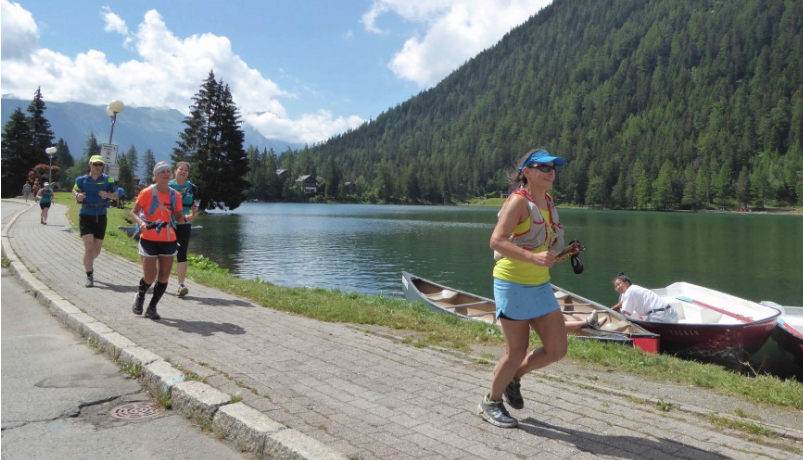
Pre Holiday Training Tips:
As a general rule, trail running is more about endurance than speed, so in the run up to your holiday, think about building a base of endurance and heading out for longer runs at a steady pace, rather than focusing on short, fast ones.
Try and run on ‘trails’ when you can, whether that’s in the woods, on the beach or along a rocky coastal path. Even if you live in a very urban environment, you can always opt to run on the grass through your local park. It’s great for your brain and coordination to get your feet used to landing on uneven surfaces.
If you have a local hill, make sure you do some hill reps; mix up running intervals with fast hiking. And try and escape your normal routes for some real trail days before you arrive on your holiday. Jump on a train to your nearest national park and get into the trail running adventure spirit!
Plus - don’t forget to mix it up! Ideal sports to combine with trail running are cycling, to help build endurance and leg strength, without impact. Strength training such as cross fit can help build essential muscle for long days in the hills. And yoga or Pilates are excellent ways to develop core stability and flexibility - vital for endurance, speed and injury prevention.
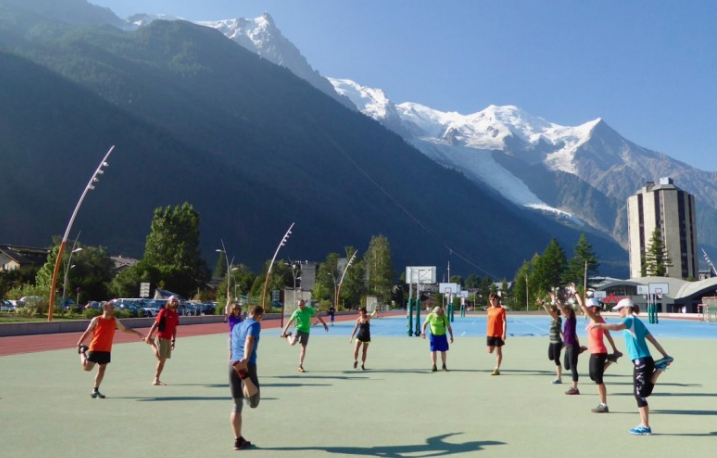
How is Trail Running Different from Road Running?
At the most basic level, trail and road running are different forms of the same thing. But actually, they’re completely different sports. The kit, technique, mind-set, locations, community and pace are all very different between trail and road running.
There is nothing quite like the sensation of running free in the mountains, admiring the beautiful landscapes, smelling nature, hearing the sounds of the animals, streams, glaciers, feeling the elements – from sun to wind to rain. We’re driven to see what’s over that next col and we love the satisfaction of planning a route in a beautiful, remote place and achieving it on foot.
Trail running takes place on uneven and variable surfaces, usually including some hills. Even if you’re running on well-marked trails, there is always some level of navigation. Whether you’re following signposts or running in a completely unmarked landscape, you’ll need to stop regularly to map read, check your GPS or even take a compass bearing.
There are so many variables at play in trail running – surface, hills, weather, distance, altitude and navigation – so inevitably the pace of a trail run varies immensely. As a general rule, you run the flat and easy downhill sections but hike the steepest uphills and the technical down hills too.
Trail runs tend to be longer than road runs so the mind-set of a trail runner has to be different to that of a road runner. It’s not about setting a blistering pace and holding it for a relatively short time. It’s all about managing endurance, fuelling correctly and – on long routes - having the will power to carry on.
No two trails are the same, so it’s impossible to compare times, even if the distances are the same. Which is why there’s a cultural difference between trail and road runners; trail is all about being out in nature. Road running is more about time, distance and pace.
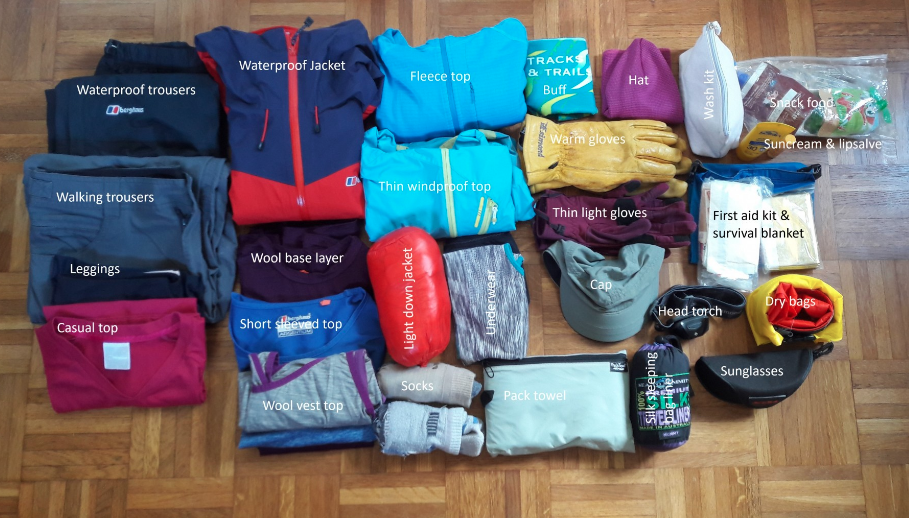
One of the most beautiful things about running is that you really don’t need much kit. If you’re heading out for anything up to 10km, you can literally throw on some running shoes and go. But when you’re planning longer routes or heading into remote terrain, you need to add some essential trail running kitto the list.
Here are our top tips:
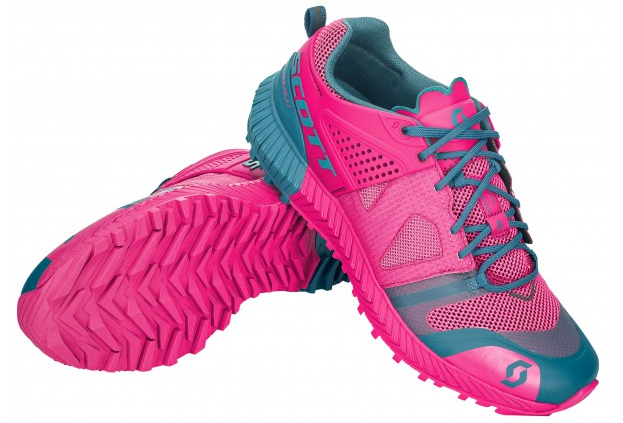
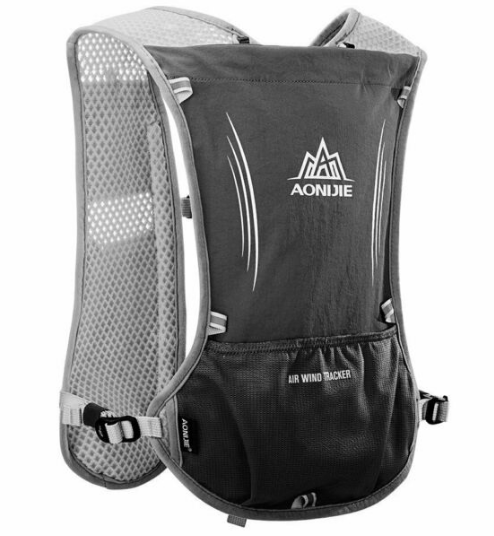
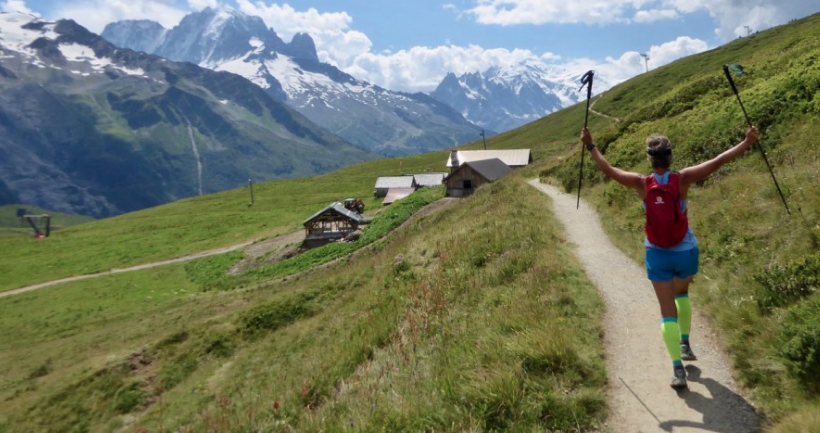
For a comprehensive list of what’s needed on the trails watch our ‘what to bring’ video.
Trail running is much more ‘technical’ than road running, due to the variety of terrain that you’ll run through, even on a single run. From easy valley trails to steep single track, technical rocky paths or maybe snow, you need to adapt your running technique to keep you on your feet.
Check out our series of videos designed to help you become a better, safer and more efficient trail runner. Our trail running holidays focus not only on covering distance in a beautiful, natural environment, but our guides are also there to coach you to become a better runner.
Get a head start with these short ‘how to’ videos:

Eating on the go:
How you fuel yourself on the go is very individual and what works for one person may not work for another. What you need to drink and eat while you’re running, and how often, will depend on your body weight, fitness level, pace and metabolism; there really is no one-size-fits-all.
The best method to find out what works for you is trial and error, but as a rough rule, if you are running for less than an hour, you probably don’t need to carry water or food – you can replenish afterwards. If you’re running for 1-2 hours, you should take on some fluids and some sugars and salts on the go. And for anything over 2 hours, everyone will need some fluids and food while out on the trails.
After about 2 hours of continuous activity, you will have used up all the glycogen stored in your body and risk a crash (aka bonking) if you don’t top your sugar and salts up. It’s important to replace both sugar and salts (from sweat) and we recommend ‘little and often’ to avoid overloading your digestive system.
Some runners like to drink water but consume sugars and salts by eating bars and gels. Others prefer to drink carbohydrate and electrolyte sports drinks and eat less ‘food’.
The longer the time on your feet, the more ‘real’ food comes into play– popular choices for snacks on the run are trail mix, dried fruits such as apricots and bananas, and savoury bites such as mini wraps with easy to eat fillings like peanut butter or cheese.
Replenishing your reserves:
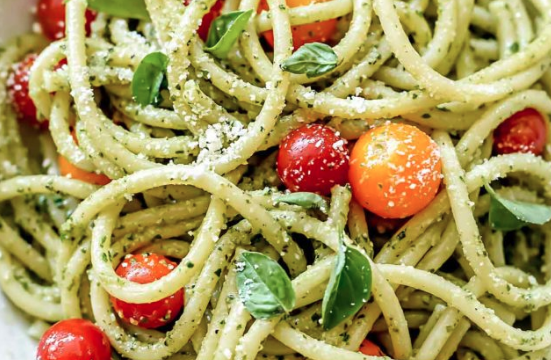
What you eat before you run to give you energy and after your run to help you recover is probably even more important than what you eat on the go. It’s easy to get confused and bogged down in which micronutrients and how many grams of protein. Our motto is simply to eat a balanced diet with plenty of vegetables, fruit and proteins to help your muscles recover.
Carbohydrates are absolutely mandatory to keep you going so a trail running holiday is not the time to start a high-protein, low carb diet. Complex carbs such as brown bread or rice are essential for slow burn energy release when you’re putting in long days on the trails.
Whether you get your protein from plant or animal sources is entirely up to you but we do urge you to think local while on holiday with us and consider where your food is sourced and the impact it may have on the beautiful environment we run in.
For more information about trail running holidays with Tracks and Trails, speak to one of our expert team by calling +44 (0)20 81446442 or emailing This email address is being protected from spambots. You need JavaScript enabled to view it.
